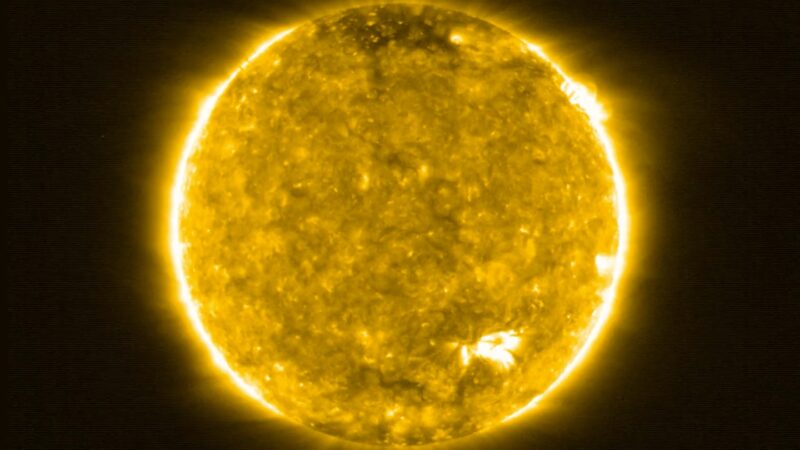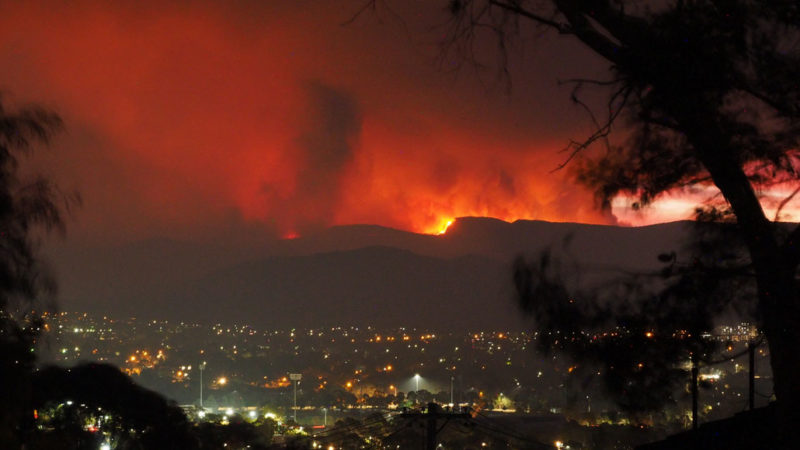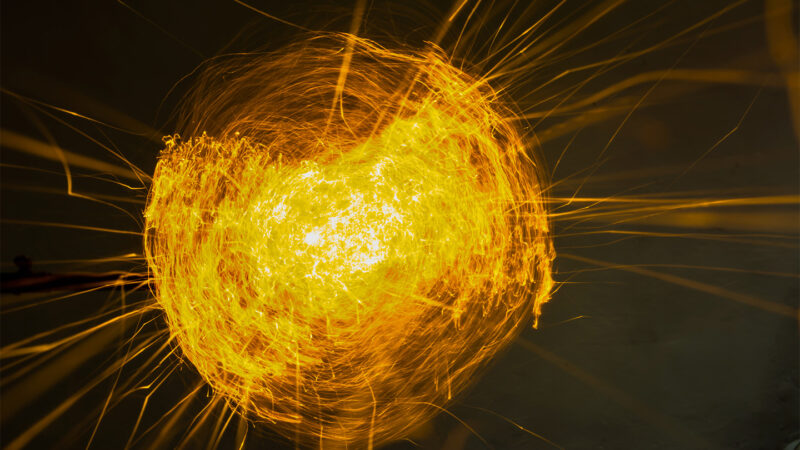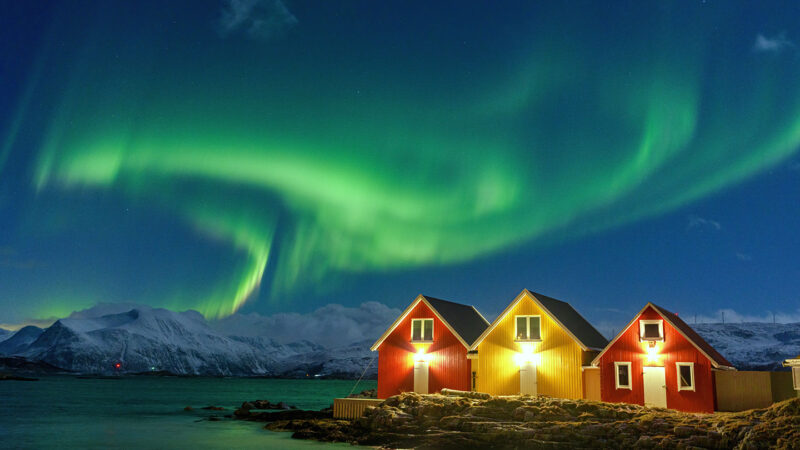Astronomical interferometry (noun, “As-troh-NAH-mih-kul IN-tur-fur-AH-meh-tree”)
Astronomical interferometry is a technique to view distant things in space. It combines data from multiple telescopes to image a celestial object.
When light collected by two or more telescopes is mixed, those light waves interfere with each other. This creates an interference pattern. Scientists can use that pattern to tease out the size, shape and other features of a celestial object.
An array of telescopes combined with interferometry can see the cosmos in sharper detail than could any single telescope alone. Why? Because the resolution of a telescope depends on its size. The bigger it is, the smaller the details that it can see. But a single telescope can only be so big before it gets too expensive and complex to build.
With an array of telescopes, the resolution no longer depends on the size of each telescope. It depends instead on how far apart they are. The more spread out each telescope in an array is, the finer the details they’ll collectively see.
In this way, far-flung arrays can act together as a single big “virtual” telescope. These can be much larger than any one telescope could ever be. And this allows arrays to get sharper views than any single telescope ever could. That is the power of interferometry.
This technique is used most often for radio astronomy. This is because it’s difficult to get crisp images of outer space with even the biggest single radio dish. (It’s due to how long radio wavelengths are.)
One famous radio array is called ALMA. That’s short for the Atacama Large Millimeter/submillimeter Array. It’s sits on a high plateau in Chile. Its 66 dishes can be hauled into different positions. And they can be spread up to 16 kilometers (10 miles) apart. This allows ALMA to achieve 10 times the resolution of the Hubble Space Telescope. (That device images objects in visible light.)
This simulation shows how a telescope array would see the Mona Lisa, depending on how far apart its dishes are. As telescopes are spread farther apart, the array picks up finer details. But when spread too far apart, larger features can get washed out. To avoid this, a small central network of telescopes can survey large-scale features of some object while telescopes spread farther apart can tease out small details. ESO/J. C. Muñoz-Mateos. Simulation done with friendlyVRI (C. R. Purcell & R. Truelove) (CC 4.0)
The dishes in a radio array can be spread even farther apart. Take the Event Horizon Telescope. It links up radio dishes on several continents. This allows it to create an Earth-sized “virtual” radio dish. With that resolution, it can image black holes. Connecting such far-flung telescopes is called very long baseline interferometry.
It is harder to combine shorter wavelengths of light from multiple telescopes. But some telescope arrays collect these other types of light. The Very Large Telescope Interferometer gathers infrared light. That array is also based in Chile. And then there is the Navy Precision Optical Interferometer in Arizona. That array observes the universe in visible light.
In a sentence
The Event Horizon Telescope used very long baseline interferometry to create the first image of a black hole.






























